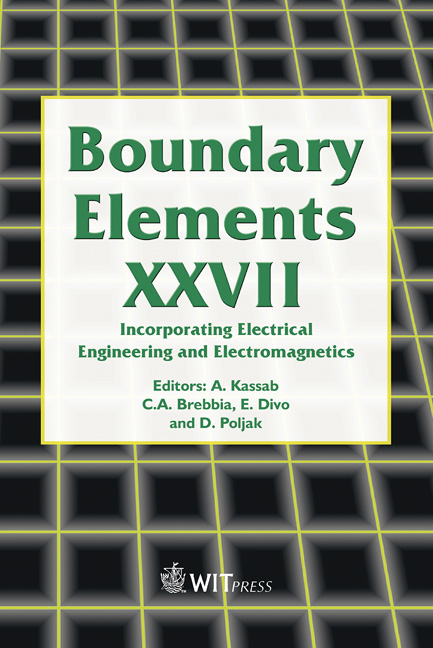Least Squares Differential Quadrature Time Integration Scheme In The Dual Reciprocity Boundary Element Method Solution Of Convection-diffusion Problems
Price
Free (open access)
Transaction
Volume
39
Pages
9
Published
2005
Size
229 kb
Paper DOI
10.2495/BE050121
Copyright
WIT Press
Author(s)
C. Bozkaya
Abstract
The least squares differential quadrature method (DQM) is used for solving the ordinary differential equations in time, obtained from the application of the dual reciprocity boundary element method (DRBEM) for the spatial partial derivatives in convection-diffusion type problems. The DRBEM enables us to use the fundamental solution of the Laplace equation which is easy to implement computationally. The time derivative and the convection terms are considered as the nonhomogeneity in the equation which are approximated in terms of radial basis functions. The application of DQM for time derivative discretization when it is combined with the DRBEM gives an overdetermined system of linear equations since both boundary and initial conditions are imposed. Then the least squares approximation is made use of for solving the overdetermined system. Thus, the solution is obtained at any time level without an iterative scheme. Numerical results are in very good agreementwith the theoretical solutions of the test problems considered. Keywords: dual reciprocity boundary element method, differential quadrature method, convection–diffusion equation. 1 Introduction The numerical solution of transient convection-diffusion problems is a challenging task because of the occurrence of these equations in many branches of science and engineering. Solving time dependent problems, classical methods discretize the spatial domain of the problem with one of the known methods such as finite
Keywords
dual reciprocity boundary element method, differential quadrature method, convection–diffusion equation





